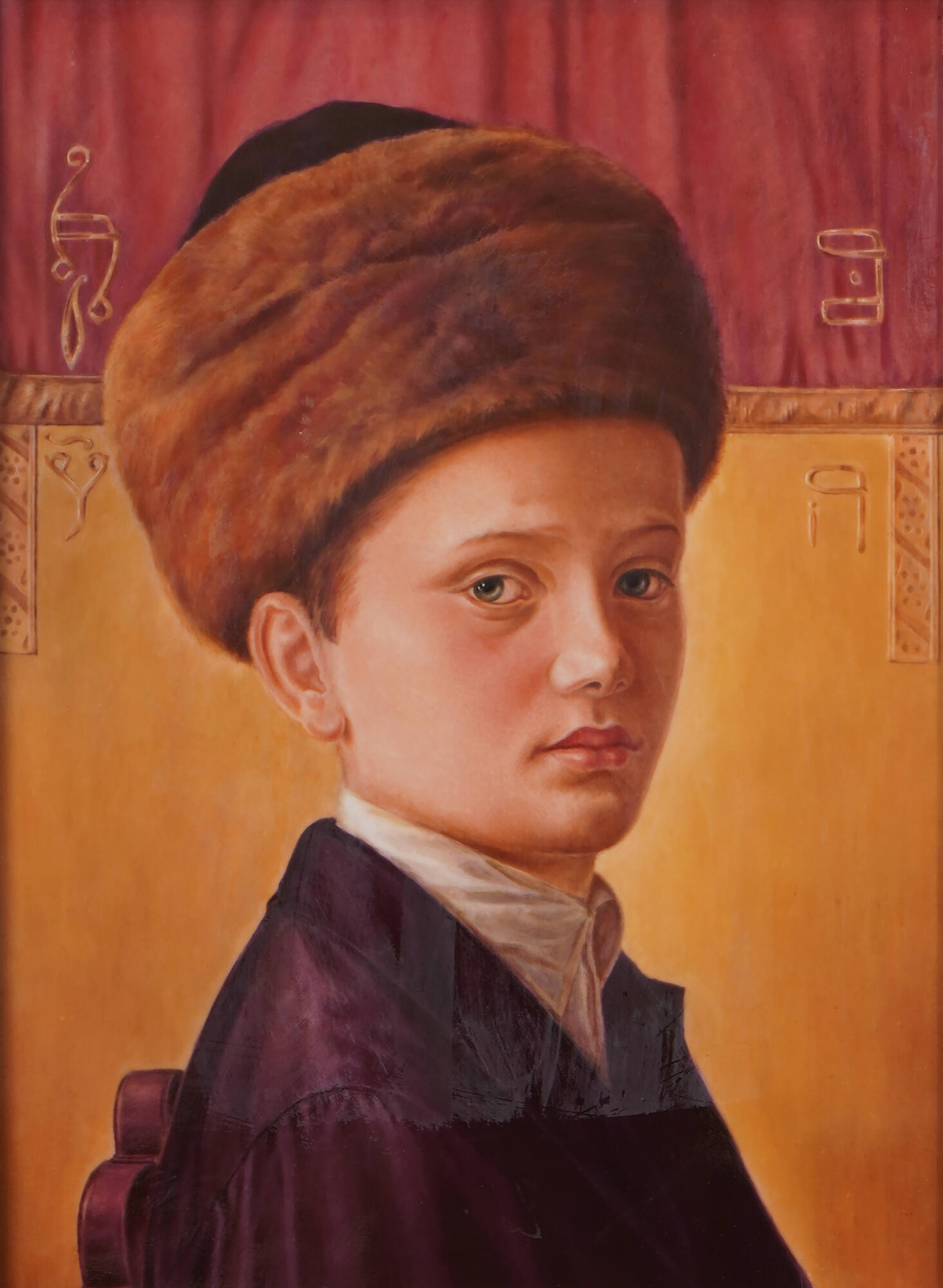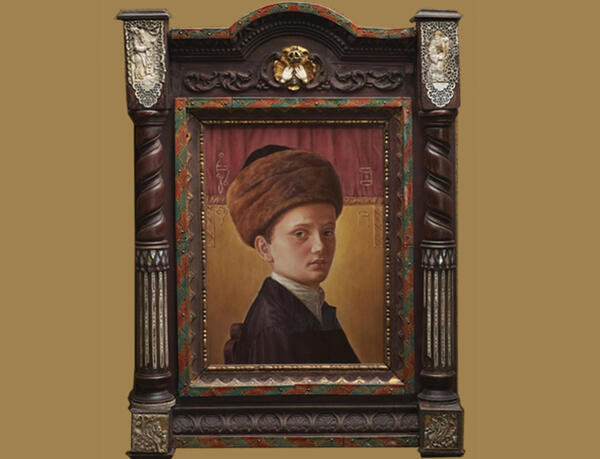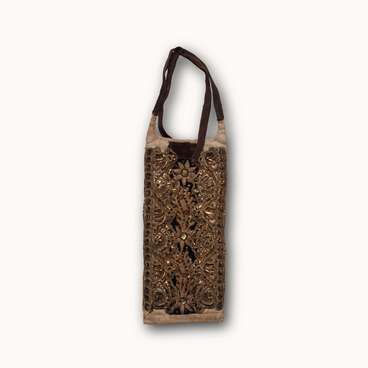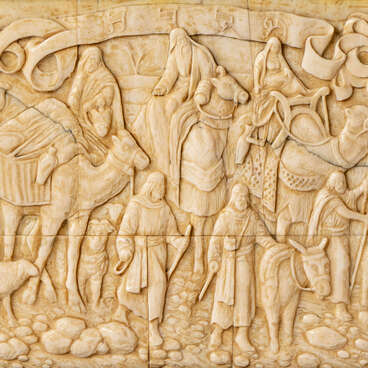The image executed with ceramic paints on porcelain is a copy of “Portrait of a Hasidic Boy” by the Austro-Hungarian artist Isidor Kaufmann. The painter was born into a Jewish family and made genre portraits of Jews in Eastern Europe at the turn of the 20th centuries his main theme. His most famous series of paintings focus on the lives of Polish Jews and Hasidic life. Hasidim, or “the pious”, are followers of the orthodox branch of Judaism, which is based on emotional comprehension of God and striving for unity with Him.
The portrait shows a Hasidic boy sitting half-turned on a chair. On the reverse side of the porcelain plate is a text with a fragment of the Seven Blessings, which are part of the canon of the wedding ceremony. The lettering is wobbly, possibly indicating that the text was copied blindly by someone who did not know the language:
The portrait shows a Hasidic boy sitting half-turned on a chair. On the reverse side of the porcelain plate is a text with a fragment of the Seven Blessings, which are part of the canon of the wedding ceremony. The lettering is wobbly, possibly indicating that the text was copied blindly by someone who did not know the language:



